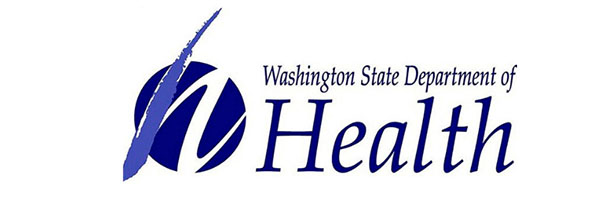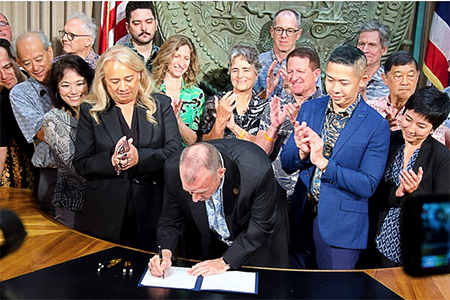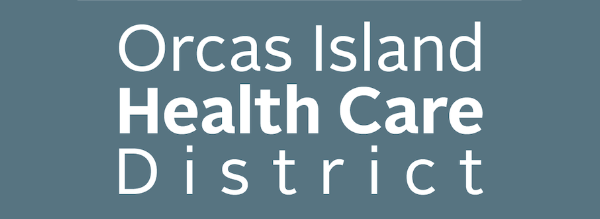— from State Department of Health —
OLYMPIA – Today the Washington State Department of Health (DOH) released the latest statewide situation report, which reflects an overall decline in COVID-19 activity as of late August. The report also highlights encouraging signs that keeping our distance, limiting gathering size and wearing face coverings are working to slow the spread of the disease.
Report findings include:
- The reproductive number (how many new people each COVID-19 patient will infect) was close to one in western Washington and above one in eastern Washington as of August 28. The best estimate of the reproductive number at that time was 0.86 in western Washington and 1.22 in eastern Washington. The goal is a number well below one, which would mean COVID-19 transmission is declining.
- We’re seeing decreases in case counts in both eastern and western Washington since the start of August. These decreases are occurring across all age groups. We are starting to see similar trends in hospitalizations and deaths, which take longer to reflect changing levels of disease activity than case counts.
- Whitman County is a notable exception, with a sharp spike in cases starting August 19. While many of these cases are linked to an outbreak among young adults, we may see a repeat of previous patterns where increased disease activity among younger populations starts to spread into older and more vulnerable groups.
- Patterns of decline look different from county to county. The report compares these trends in Yakima county, which has seen steady declines since a peak in early June; Benton and Franklin counties, where initial declines after similar outbreaks have plateaued and transmission may be increasing; and King County, where cases have been decreasing steadily since early July.
- People are interacting more safely than we were earlier in the pandemic, and it’s making a difference. The report includes a model that isolates the effect of mobility changes from non-mobility related changes on COVID-19 transmission. The comparison suggests that while we are more mobile than we were in April, we are interacting more safely—taking precautions like wearing face coverings, restricting gathering size and keeping high-risk environments closed. We must continue these precautions to keep transmission decreasing.
“While we see some encouraging trends in case counts, the risk remains extremely high throughout the state,” said Secretary of Health John Wiesman. “The situation in Whitman County illustrates just how quickly an outbreak can wipe out our progress toward keeping case counts low. It is still critical that we limit the size and frequency of our in-person gatherings, wear face coverings and stay home when we are sick.”
DOH partners with the Institute for Disease Modeling, Fred Hutchinson Cancer Research Center, University of Washington and the Microsoft AI for Health program to develop this weekly report. More COVID-19 data can be found on the DOH website and in the state’s risk assessment dashboard.
**If you are reading theOrcasonian for free, thank your fellow islanders. If you would like to support theOrcasonian CLICK HERE to set your modestly-priced, voluntary subscription. Otherwise, no worries; we’re happy to share with you.**









What’s encouraging about this Situation Report, as compared to earlier ones, is that the effective reproduction number is now below 1 in both Eastern and Western Washington state — although still consistent with 1 at the 95% confidence level. (A value above one, remember, means exponential growth of the disease.) And there is a clear downward trend since mid-June in both regions, hopefully to continue. The report attributes these successes to increased wearing of face coverings and physical distancing, but does not provide much evidence for that claim.